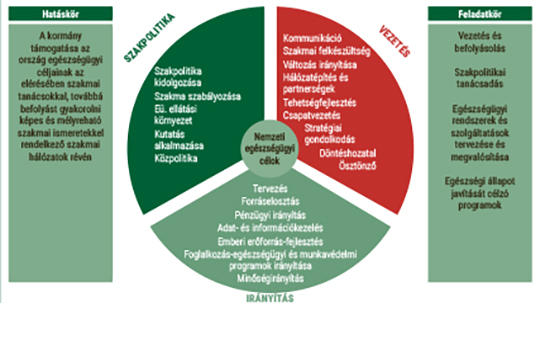[The authors review the development of nursing management and leadership in Hungary, with a special focus on the status of the government chief nursing officer (CNO). The CNO designation and job title were known and accepted from the mid-1970s, while nursing supervision was only implemented after the regime change, and the longest history is that of hospital-level nursing management. Established in 1993 under the then Minister of Health, the ‚Surján model’ operated for a decade. In this model, a Nursing Department and its head, who was the government CNO, were at the same level as other departments in the Ministry in terms of health policy. It would be useful to review the legislation in force today in a consensus-building meeting, eliminate overlaps and clarify the meaning of some concepts.]




